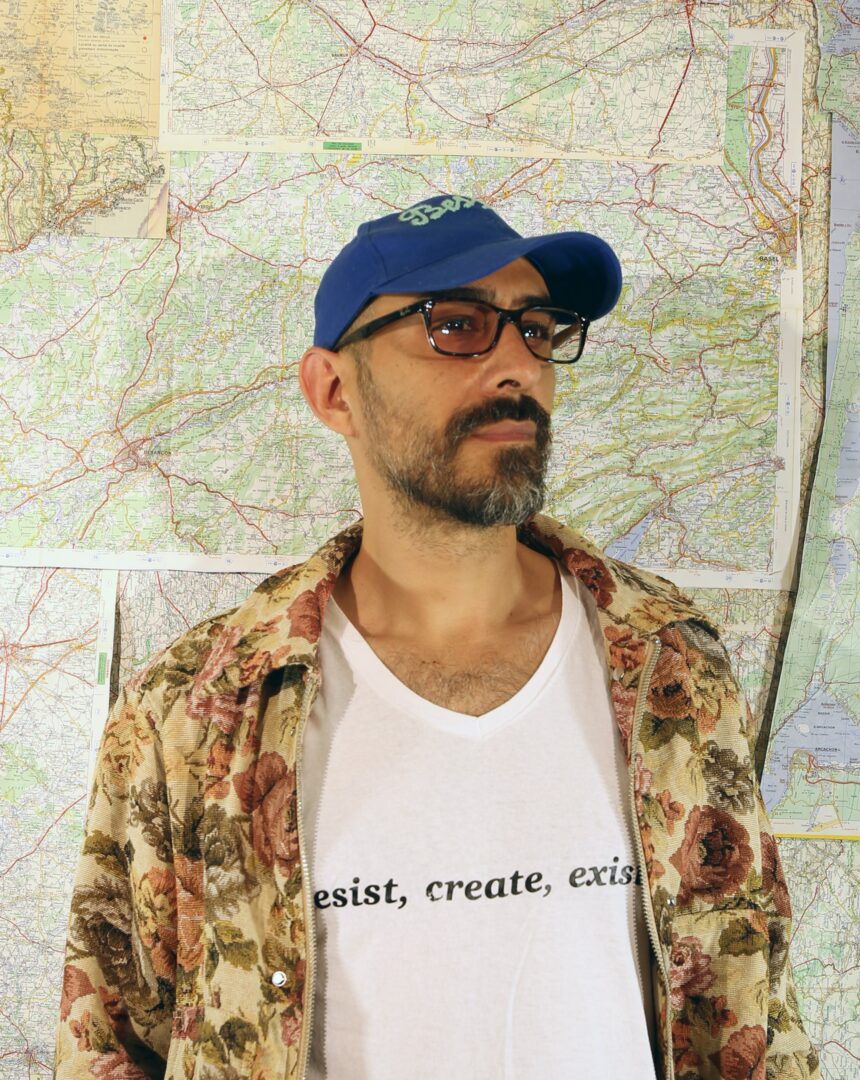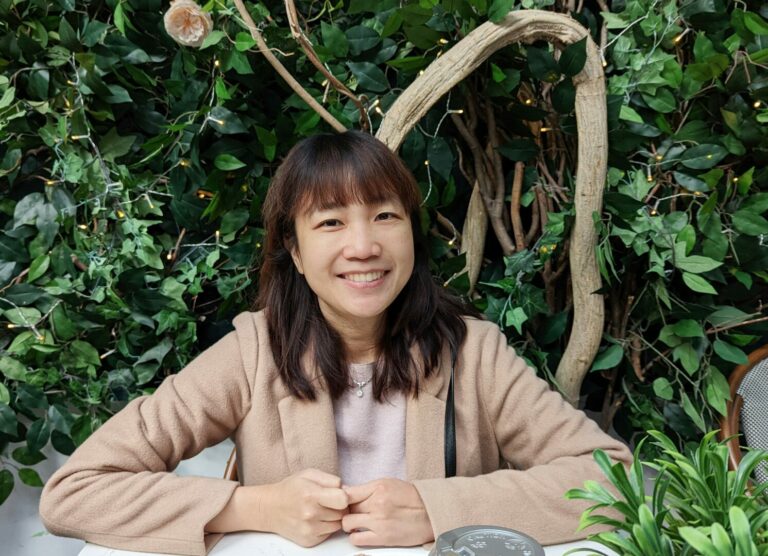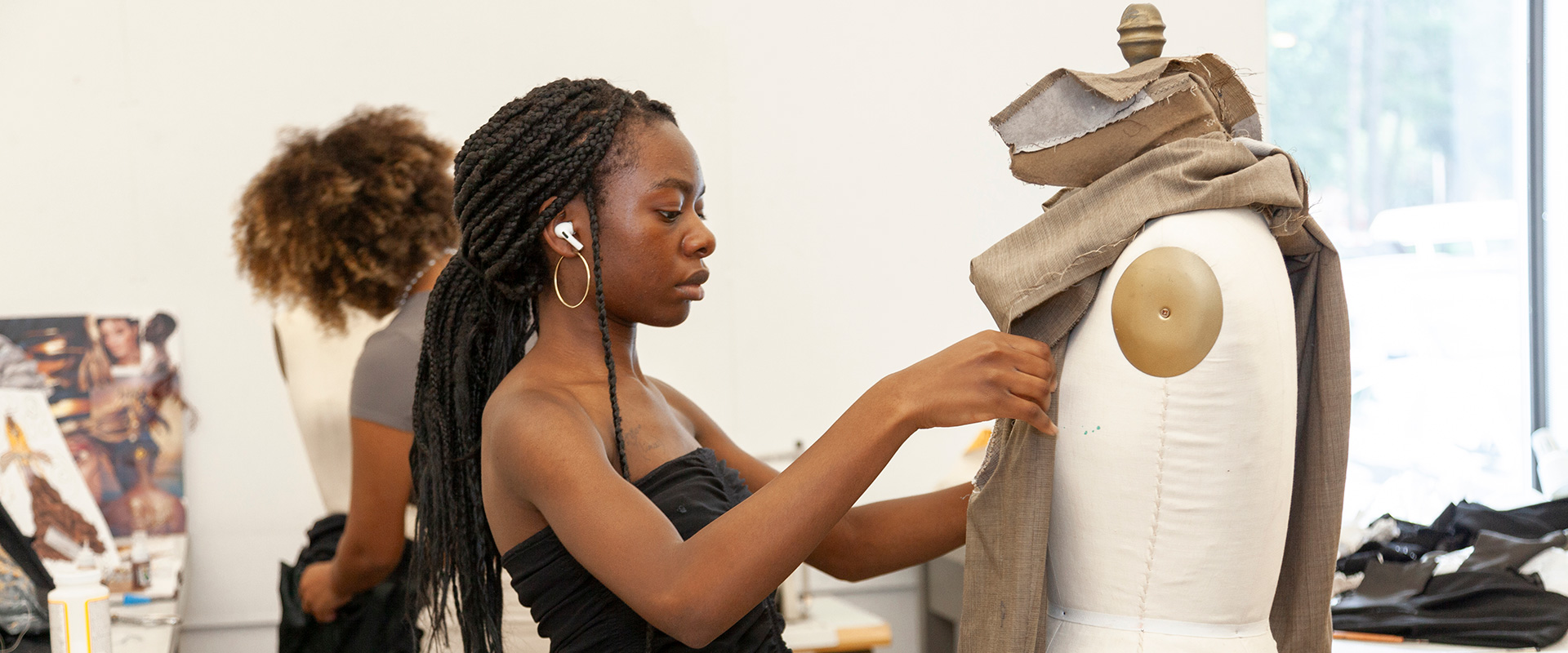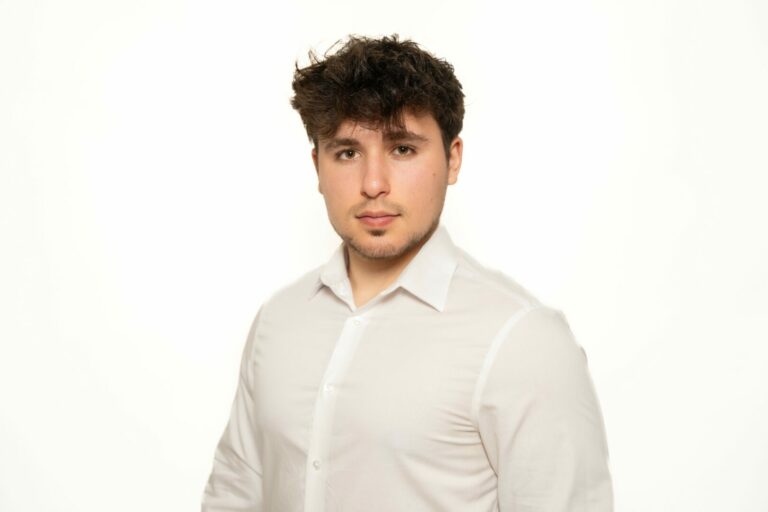We’re excited to introduce you to the always interesting and insightful Joanathan Bessaci. We hope you’ll enjoy our conversation with joanathan below.
Joanathan, we’re thrilled to have you sharing your thoughts and lessons with our community. So, for folks who are at a stage in their life or career where they are trying to be more resilient, can you share where you get your resilience from?
My resilience comes from my roots and from a life shaped by contrast, challenges, and a deep desire for freedom. I come from an immigrant family but was raised in a French environment — I’ve always lived between two worlds. That duality taught me early on how to adapt, how to understand different perspectives, and most importantly, how to look for solutions rather than stay stuck in obstacles.
In my family, we worked together. Every problem was handled collectively, and we always found a way forward. That mindset has stayed with me. For me, being an artist is exactly that: constantly inventing new ways to continue, to create, to live.
I didn’t have the opportunity to pursue long academic studies. I’m dyslexic and hyperactive — which kept me outside the traditional system, but at the same time, gave me a unique creative strength. I’ve learned to see my differences as assets. Where something is missing, I look for balance elsewhere. My imagination, my way of working, and my artistic vision are deeply shaped by this different way of seeing the world.
When I arrived in the United States, the language barrier became another challenge. I don’t speak perfect English, but I’ve learned how to communicate in other ways. Most importantly, I’ve learned that my art speaks where my words fall short.
I won’t pretend it’s always been easy. I’m 45 years old, and I’ve already lived a full and intense life. As an artist, emotions run deep. Rejections, silence, disappointments — of course they affect me. But over time, I’ve realized that the only way to move forward is to keep going. Again and again. A project rejected today might be accepted tomorrow. Rejection often depends on factors beyond our control. For me, failure isn’t a no — it’s a lesson. The only real failure would be to stop creating.
I see art like a sport, a competition with myself. Each challenge makes me stronger. And if I fall, I get back up. It’s that simple.
I keep going because I have a deep, vital need to create, to express myself, to share. And that’s what my personal mantra says, a phrase I carry with me in everything I do:
Resist, create, exist.
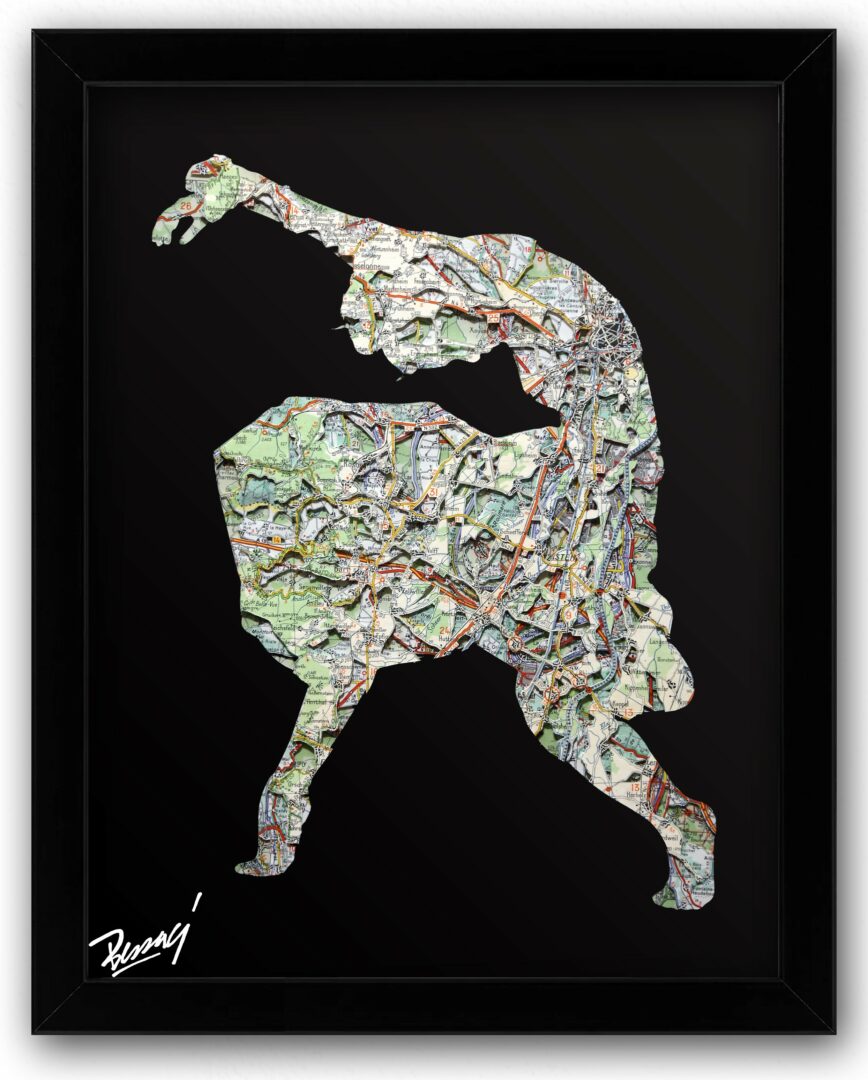
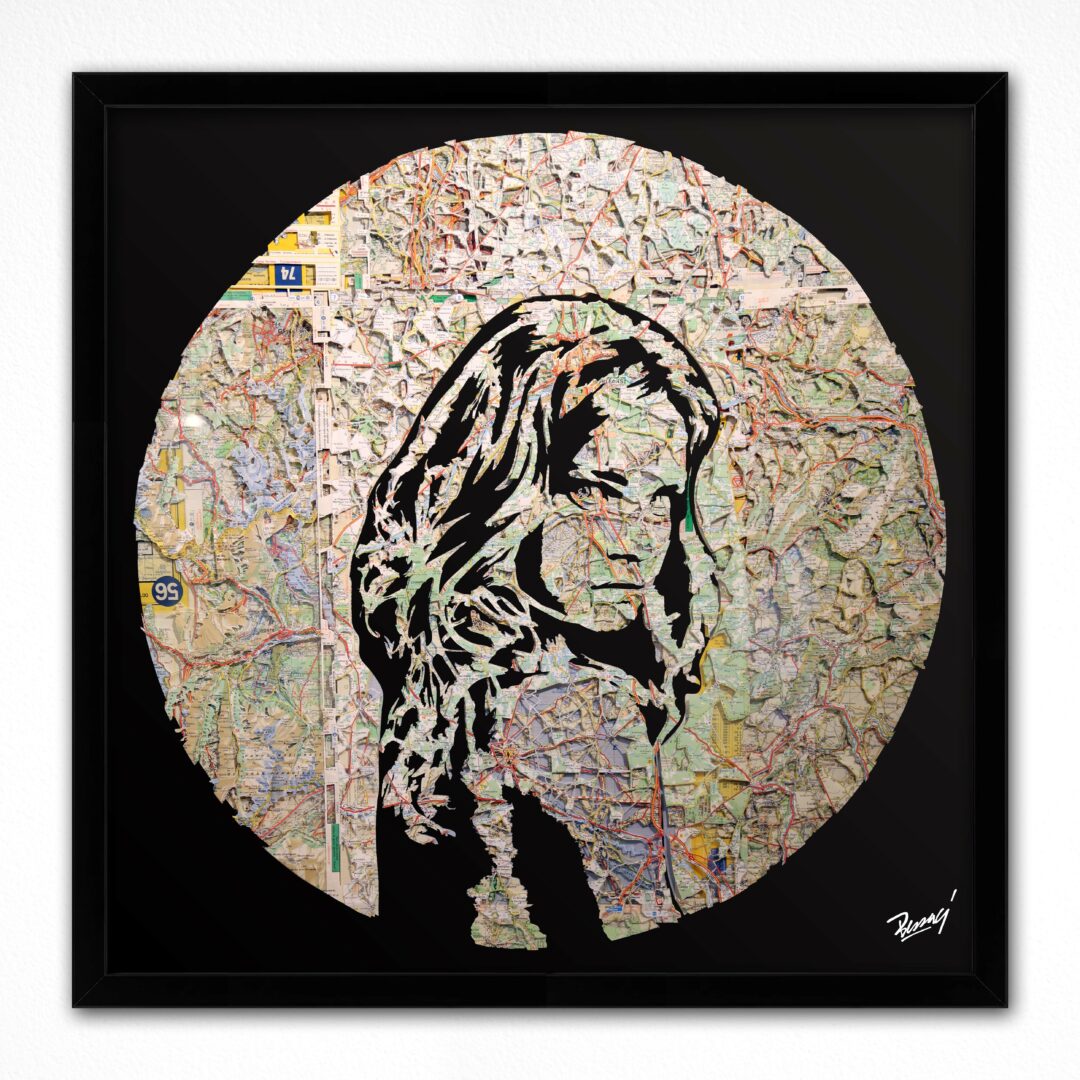
Let’s take a small detour – maybe you can share a bit about yourself before we dive back into some of the other questions we had for you?
I am Joanathan Bessaci, a French visual artist currently based in Washington, D.C. My journey is shaped by a dual culture: I was born in France into a family with immigrant roots and grew up between two worlds, two languages, and two ways of experiencing life. From a young age, I was immersed in the world of flea markets, old objects, and half-erased memories—first through my father, who was also an artist, and then through my grandparents, who had a regular stand at the local market. These early experiences deeply shaped my vision and artistic sensibility.
Self-taught and endlessly curious, I began with graffiti in the streets before turning to painting, photography, and later sculpture and collage. My work has evolved over time, but one thing has remained constant: a deep connection to materials that carry memory, and a visceral need to tell stories. My art is both a personal journey and a universal dialogue.
I work primarily with old materials: vintage road maps, anonymous photographs, and forgotten textiles. My process is instinctive, almost archaeological. I collect, cut, layer, stitch. Each gesture is an attempt to surface memory, to retell what we think we already know.
With antique Michelin road maps—mainly from the 1920s to 1970s—I build faces, inner landscapes, and human paths. These maps are not just tools for navigation; they are layered stories. Roads and rivers become metaphors for chosen or imposed paths, uprooted or rediscovered roots. Through fragmentation and reconstruction, I question identity—not as something fixed, but as something in motion, composed of ruptures and recompositions.
Alongside this, I develop a series titled Roots and Paths, based on anonymous, often abandoned photographs. Each image is unique, a glimpse into a forgotten moment. I systematically remove the bodies, keeping only the gestures, clothing, or posture. This is not a neutral gesture—it’s a way of removing visible markers of race, gender, and age, allowing the viewer to project their own memories, their own emotional history. I fill these voids with map fragments—roads, rivers, mountain ridges—as layers of inner geography.
Around each composition, I add textile borders stitched with red thread. Again, nothing is decorative. Each fabric—be it African wax print, embroidered cloth, or vintage textile—evokes a cultural memory, a root, a lineage. Fabric becomes a sensitive interface between the individual and their origins. The red thread symbolizes life, memory, the frequency of existence—the invisible bonds between generations. The imperfect stitches suggest wounds, repairs, and the uneven stories that shape our humanity.
My work is deeply rooted in my personal experience, but it reaches toward something universal. Through my art, I try to make visible what has been forgotten, to give voice to silence, to transform overlooked fragments into poetic memory. By reactivating these materials—maps, photos, fabrics—I offer them a second life, building bridges between past and present, between what fades and what we choose to carry forward.
My art explores identity, memory, and belonging. It invites the viewer to look differently, to feel the layered stories beneath the surface, to recognize the shifting roots that make us who we are.
Though my vision is personal, the questions I explore are shared by many. Whether or not we know our roots, we all ask ourselves who we are—man, woman, non-binary; what we’ve inherited; how we are seen. I do not speak the languages of my grandparents’ countries—Kabylia or Vietnam—and my roots, for me, are French. What remains are cultural traces: food, gestures, silences. And in those fragments, I try to find meaning—not to reconstruct the past, but to give it a voice. Because what defines us isn’t where we come from—it’s how we carry it, how we transform it, and how we share it.
Finally, I am excited to show my latest series Roots and Paths.
This work marks a turning point in my practice—one that is more intimate, tactile, and symbolically rich.
It’s a tribute to forgotten lives, hidden stories, and the invisible threads that link us all.
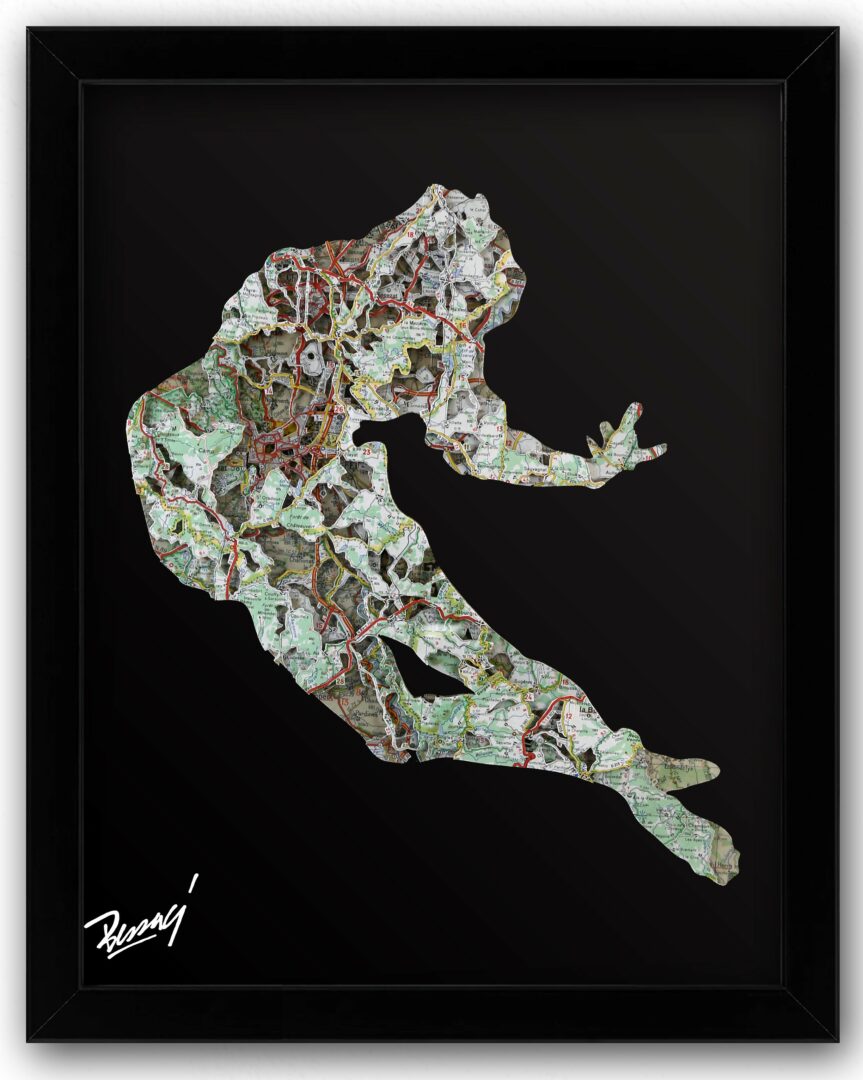
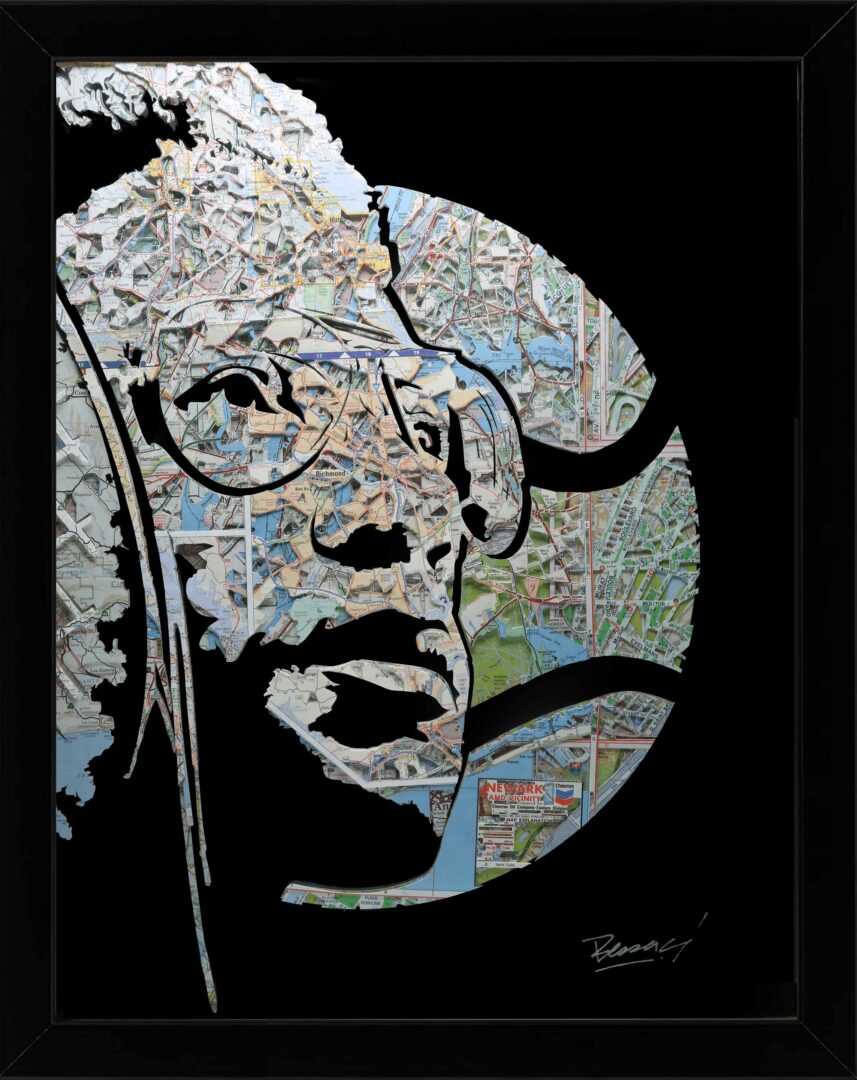
There is so much advice out there about all the different skills and qualities folks need to develop in order to succeed in today’s highly competitive environment and often it can feel overwhelming. So, if we had to break it down to just the three that matter most, which three skills or qualities would you focus on?
Looking back, three key qualities have shaped my journey as an artist:
Curiosity
Curiosity is the driving force behind everything I do. I never stop exploring — materials, formats, stories, and personal histories. It keeps my work alive and constantly evolving. My advice: don’t wait for permission to experiment. Stay open, ask questions, and follow what sparks your interest, even if it doesn’t make sense right away.
Resilience
As an artist, you face rejection, self-doubt, and financial instability. Resilience has been essential to keep creating despite obstacles. I learned to see failure not as a stop sign but as part of the process. For those starting out: don’t let a “no” define your value. Use it to refine your voice, and keep moving forward.
A Sense of Purpose
Understanding why I create helped me through difficult moments. My work connects to memory, identity, and belonging — themes that matter deeply to me. If you’re early in your path, take time to reflect on what moves you emotionally. That clarity will guide you when things get tough.
These three qualities — curiosity, resilience, and purpose — aren’t fixed traits, but muscles you build over time through risk, reflection, and practice.
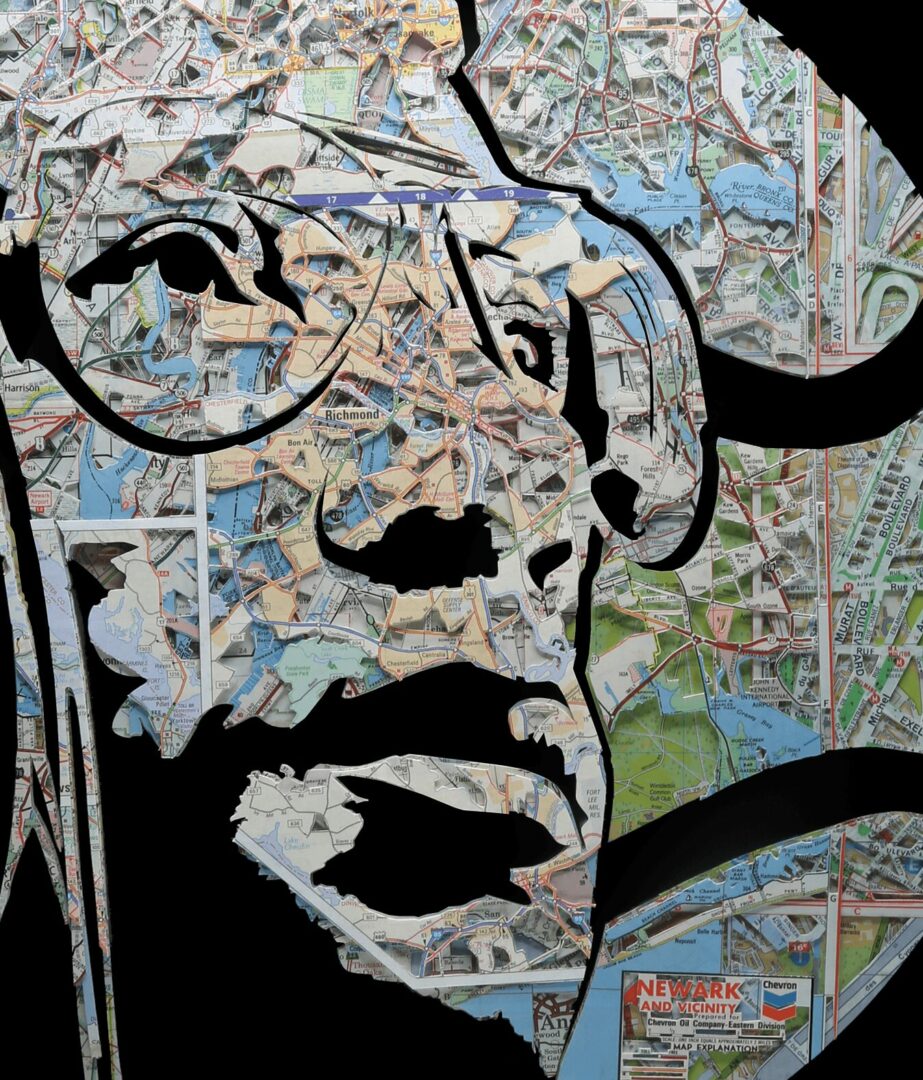
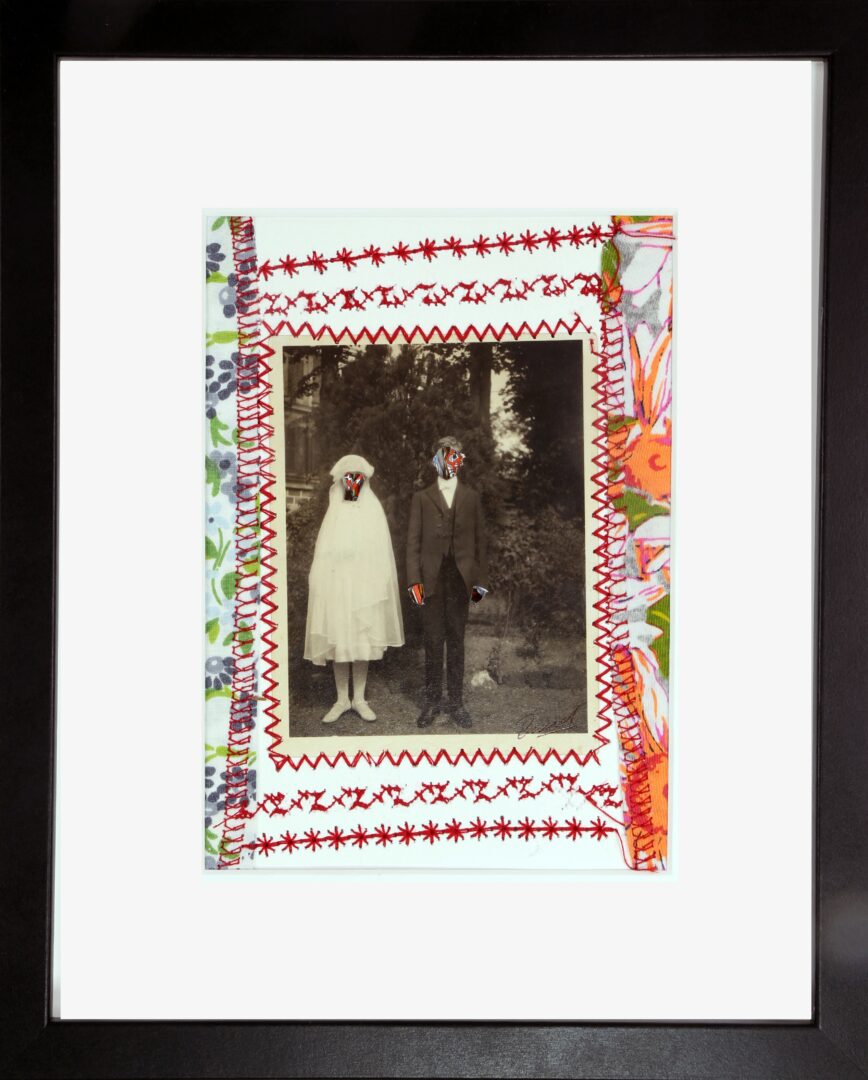
One of our goals is to help like-minded folks with similar goals connect and so before we go we want to ask if you are looking to partner or collab with others – and if so, what would make the ideal collaborator or partner?
Yes, I’m actively seeking to build long-term creative relationships and expand my practice beyond traditional exhibition formats. I’m not only looking to show work — I want to create exhibitions that offer deeper engagement, where viewers can connect emotionally and intellectually, and where the art becomes a space for dialogue, transformation, and new possibilities.
Looking ahead, I aspire to collaborate on ambitious projects that allow me to scale up — physically and conceptually. I would love to exhibit at institutions like the Rubell Museum in Washington, D.C., and to have the space and resources to work larger, to collaborate with other disciplines, and to interact with broader audiences.
I’m especially interested in working with:
Curators and galleries focused on works on paper — such as my narrative collages from the Superposed Roots series — or on ecological sculpture. My sculptural work, which hasn’t yet been widely exhibited, includes expressive cardboard animals that explore identity through the lens of nature and environmental consciousness. I welcome opportunities for exhibitions or fairs, such as Art on Paper.
Organizations dedicated to recycling and sustainability — including companies or NGOs (e.g., Environmental Paper Network) — for collaborative projects involving recycled materials. This includes symbolic animal sculptures (crows, elephants) and participatory community workshops that merge creativity with environmental education.
Artists and collectives working across disciplines — particularly those engaged in mixed media, street art, or narratives of migration and identity, rooted in hip-hop culture or diasporic experiences.
I’m based in Washington, D.C., but open to both national and international collaborations. I am drawn to projects that challenge my practice, that push boundaries, and that bring art into conversation with life in meaningful and impactful ways.
Contact Info:
- Website: https://www.bessaci.com
- Instagram: https://www.instagram.com/joanathan.bessaci/
- Facebook: https://www.facebook.com/joanathan.bessaci/?locale=fr_FR
- Youtube: https://www.youtube.com/@jbessaci
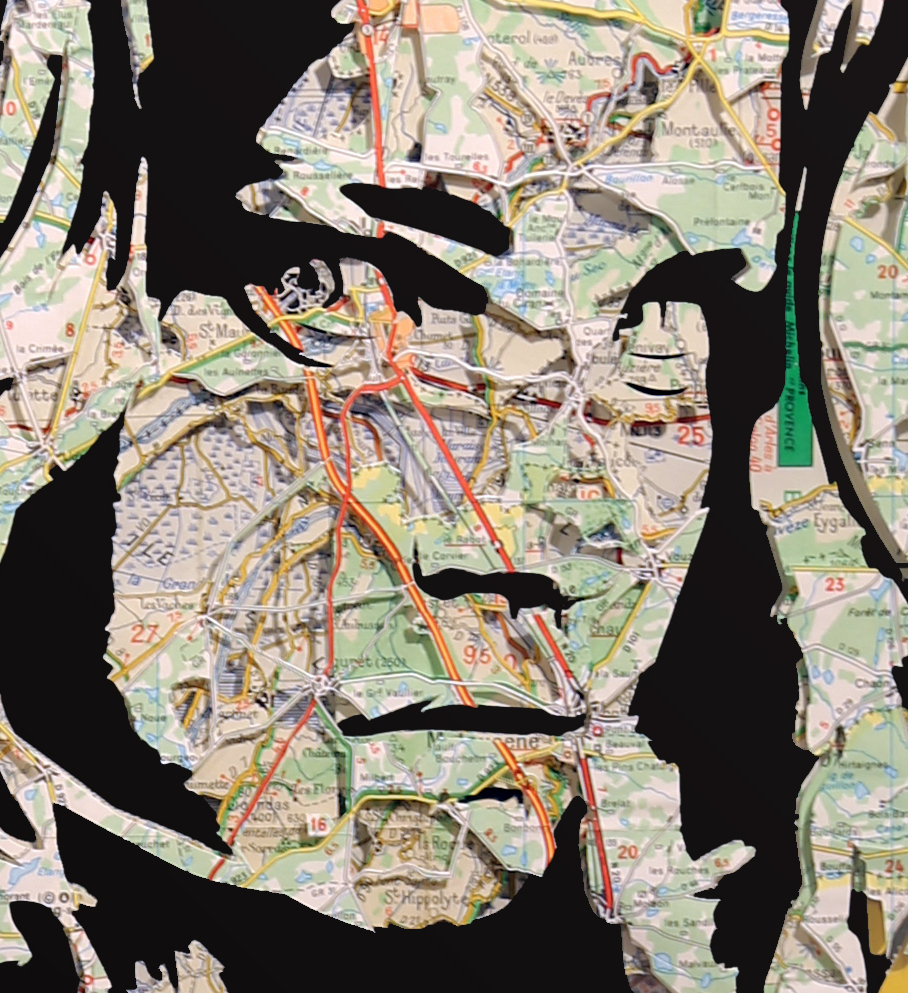
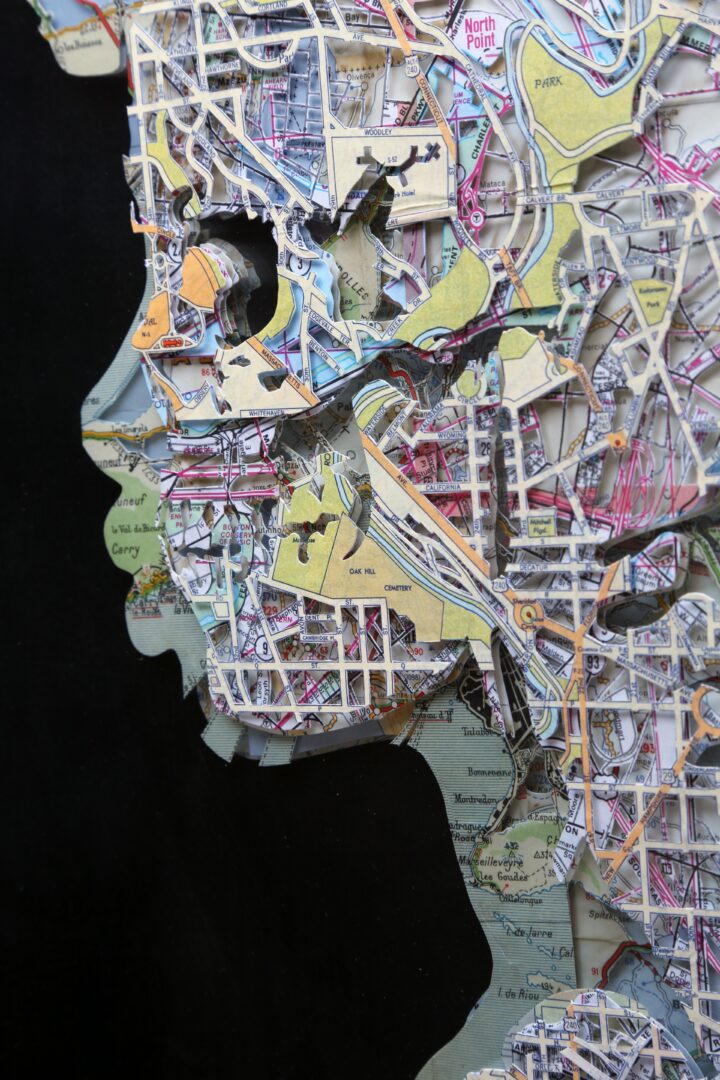
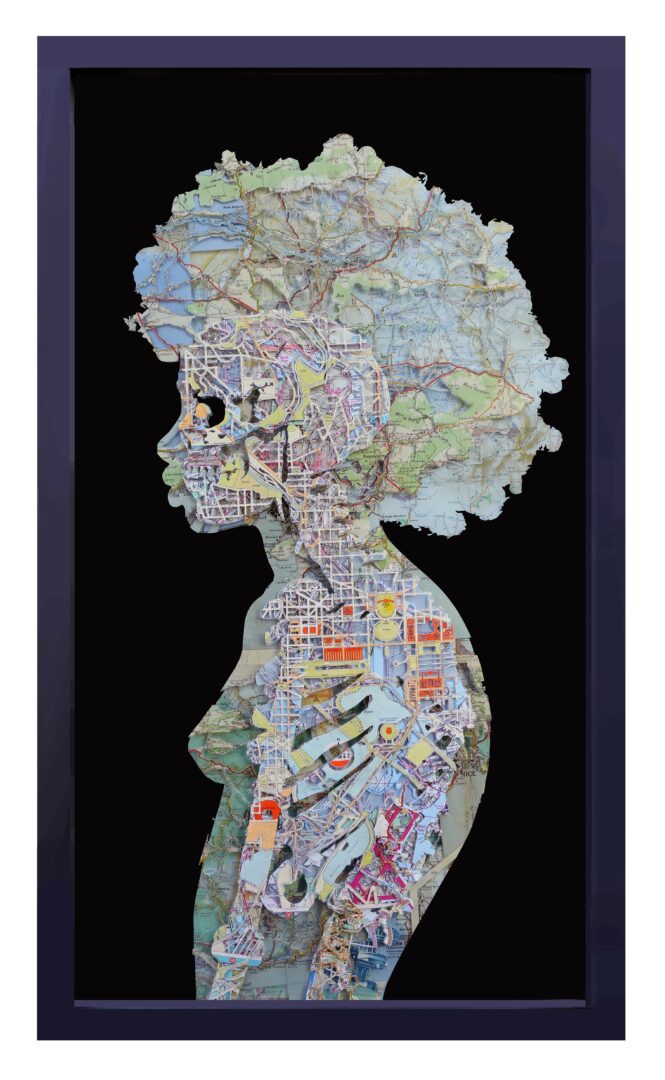
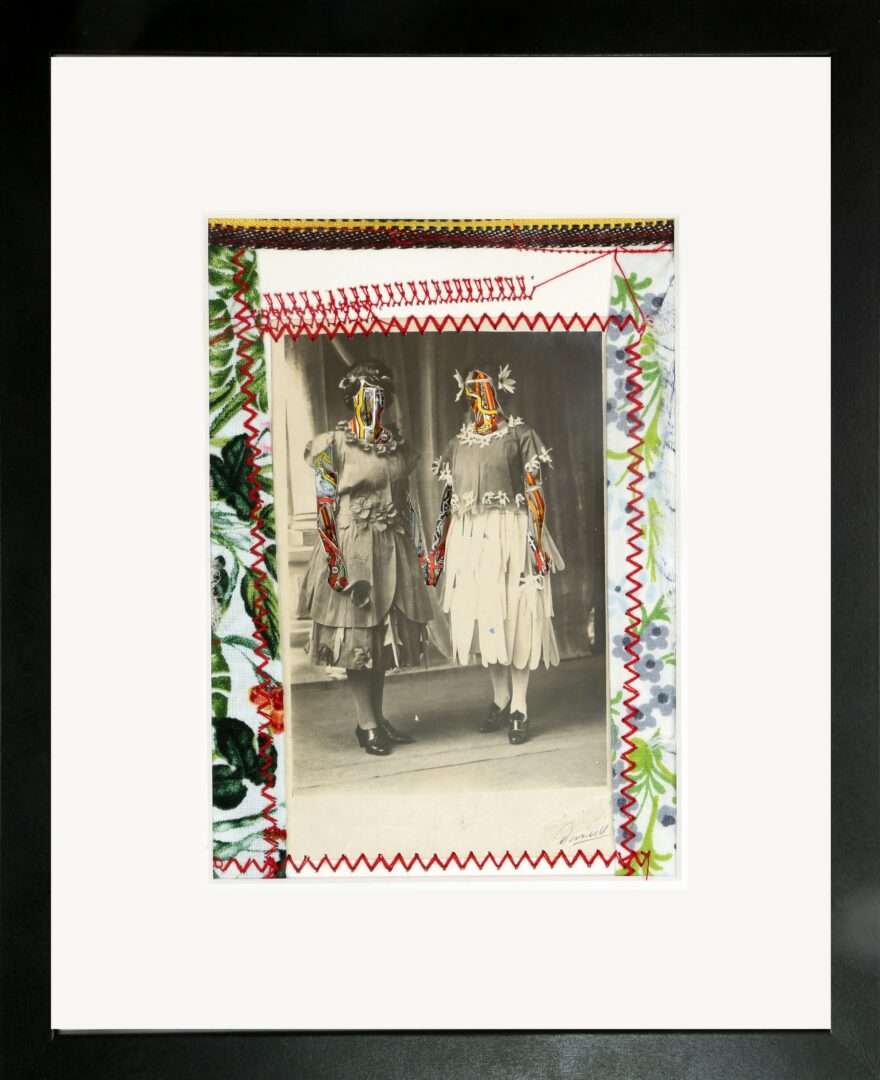
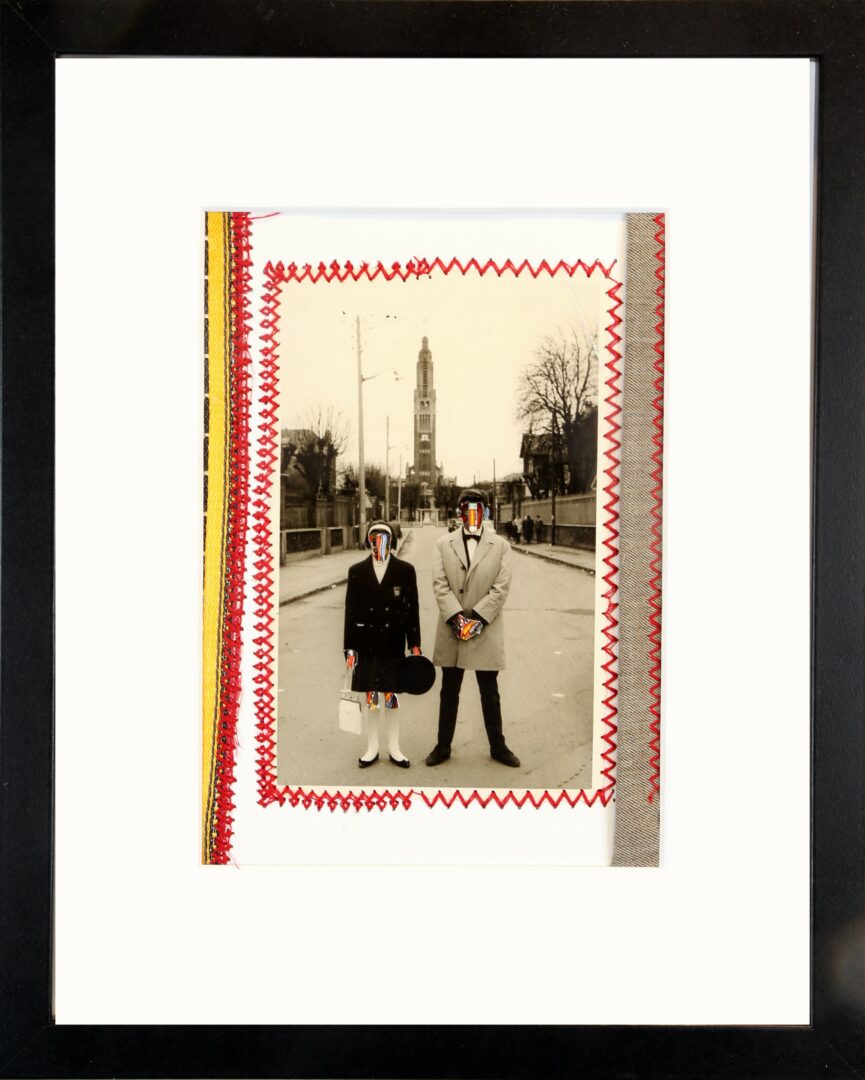
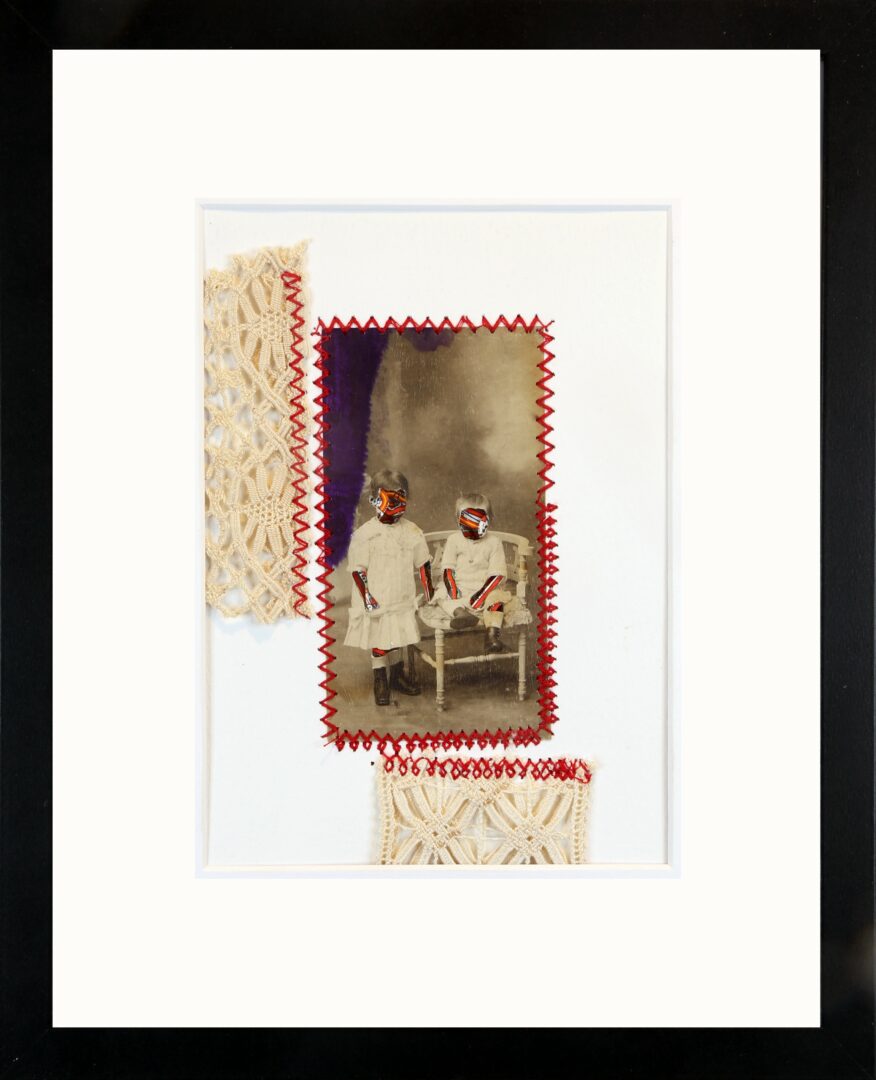
Image Credits
Image Credits:
All images courtesy of Joanathan Bessaci.
so if you or someone you know deserves recognition please let us know here.

